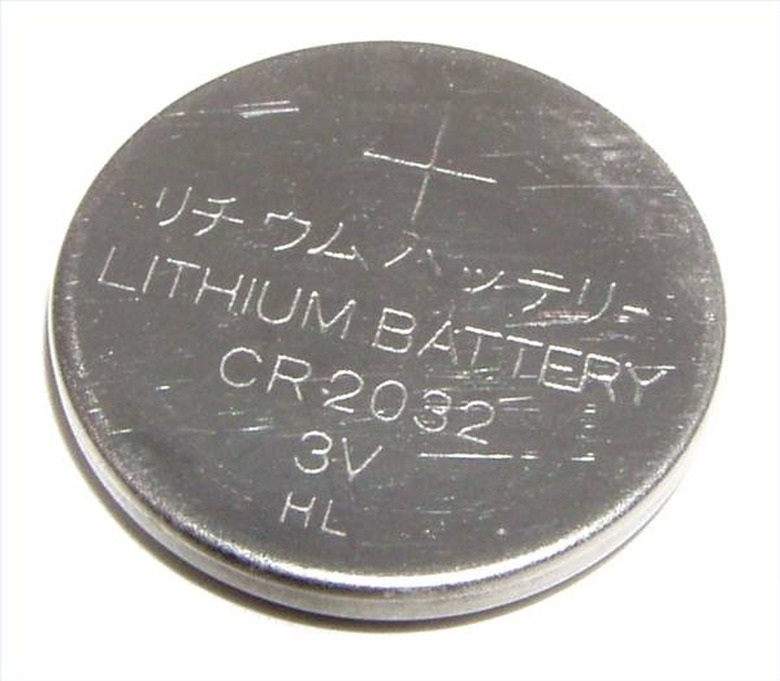Lithium Ion Batteries Vs. Lead Acid
Two of the battery types that you are most familiar with, perhaps without even knowing it, are the lead acid battery and the lithium ion battery. Most cars in America carry a lead acid battery on-board, while virtually every Blackberry and laptop computer gets its power from a lithium ion battery. One kind of battery is good for your car and the other for your cell phone stems from the chemicals used inside each type of battery.
Batery Basics
Batery Basics
A battery is an electrochemical device, meaning it creates electricity through controlled chemical reactions between different substances. Most batteries, including lithium ion and lead acid batteries, include an anode, a cathode and a substance between them serves as an electrolyte. The anode is usually the positive terminal, and electric current flows into it when the battery is in use. The cathode is usually the negative terminal, and when in use electric current flows out of it. The chemistry between them is what provides the electric current with its charge, but they require a third substance in the form of an electrolyte to serve as a medium. If the anode and cathode came into contact, the result would be a short circuit.
Lead Acid Electrochemistry
Lead Acid Electrochemistry
The anode and cathode in a typical lead acid battery are made from lead and lead dioxide, and they are bridged by an electrolyte of a solution that is roughly one-third sulfuric acid. As the battery discharges electricity, the chemical reaction gradually converts the two electrodes into lead sulfate. Recharging the battery partially reverses that conversion.
Lithium Ion Electrochemistry
Lithium Ion Electrochemistry
Lithium ion batteries use a variety of substances, with the common element being the migration of lithium between the electrodes during the electricity-producing reaction. Graphite is typically used to make the anode, while cathodes can be made from lithium cobalt oxide, lithium iron phosphate or lithium manganese oxide, and other lithium-based substances besides. The electrolyte is typically a solution of lithium salt in an organic solvent. Recharging a lithium ion battery reverses the migration of lithium in the battery's chemistry.
Lead Acid Features
Lead Acid Features
Lead acid batteries are one of the oldest practical, rechargeable battery designs, dating back to the mid-19th century. They have one of the lowest energy-to-weight and energy-to-volume battery designs in existence, making them very big and heavy for the total amount of power they can put out. What they do have going for them is that they have a very high surge-to-weight ratio, meaning they can deliver a big jolt of electricity all at once. This makes them perfect for applications that need a big, sudden surge of power, such as car starters. Lead acid batteries are also cheap to produce. However, they aren't very good in roles that require a steady, low or middling supply of electricity over a long period of time. They also have long recharging times.
Lithium Ion Features
Lithium Ion Features
Especially when compared with a lead acid battery, lithium ion designs have a high power-to-weight and power-to-volume ratio. It would be hard to imagine modern laptop computers, cell phones and other power-thirsty electronic devices without these batteries, because to meet those power demands with other battery designs would mean clunkier batteries with shorter lifetimes. There are even lithium ion batteries with a big surge capability, like that of a lead acid battery. However, they have two big drawbacks. First, they are very expensive to make. Second, their ability to hold a charge decays even when the battery isn't in use. A lead acid battery can go on working with good capacity for several years. Anyone who has kept the same cell phone or laptop battery for a year or two knows the same cannot be said of the typical lithium ion battery.
Cite This Article
MLA
Thomas, Edwin. "Lithium Ion Batteries Vs. Lead Acid" sciencing.com, https://www.sciencing.com/lithium-batteries-vs-lead-acid-5505530/. 24 April 2017.
APA
Thomas, Edwin. (2017, April 24). Lithium Ion Batteries Vs. Lead Acid. sciencing.com. Retrieved from https://www.sciencing.com/lithium-batteries-vs-lead-acid-5505530/
Chicago
Thomas, Edwin. Lithium Ion Batteries Vs. Lead Acid last modified August 30, 2022. https://www.sciencing.com/lithium-batteries-vs-lead-acid-5505530/
